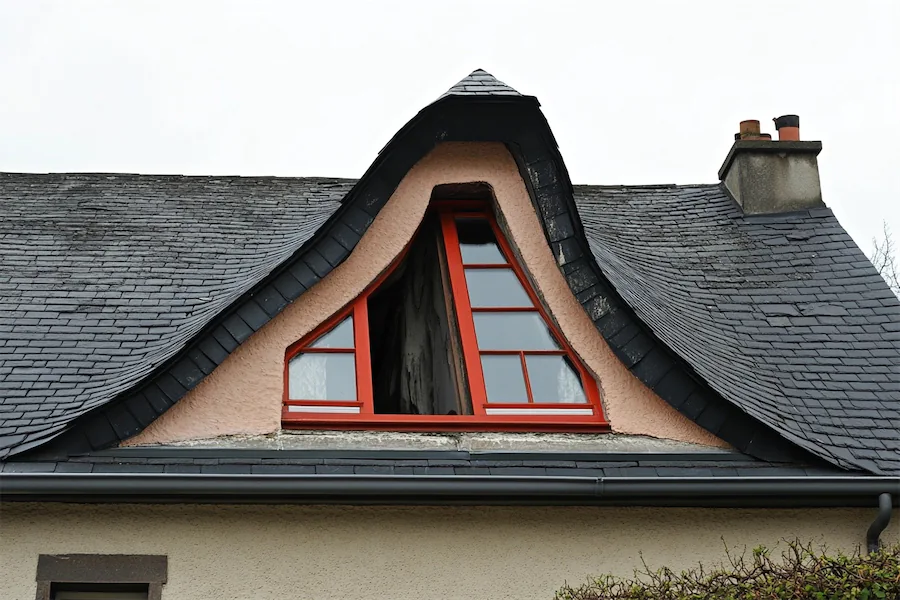An inverted roof, also known as a protected membrane roof (PMR), is a roofing system where the insulation layer is placed above the waterproofing membrane, reversing the traditional arrangement. This design shields the waterproofing layer from environmental stressors, potentially extending its lifespan.
History and Origins of Inverted Roofs
The inverted roof concept emerged in the late 1960s as an innovative approach to enhance roof durability and performance. By situating the insulation above the waterproofing membrane, the system protects the membrane from thermal fluctuations, ultraviolet radiation, and mechanical damage.
Key Features of Inverted Roofs
- Enhanced Durability: Positioning the insulation above the waterproofing membrane safeguards it from temperature extremes and UV exposure, reducing the risk of degradation.
- Improved Thermal Performance: The external insulation minimizes thermal bridging and maintains consistent indoor temperatures, contributing to energy efficiency.
- Design Versatility: The ballast layer, which holds the insulation in place, can be customized with materials like gravel, pavers, or vegetation, allowing for functional and aesthetic flexibility.
Applications of Inverted Roofs
- Green Roofs: Inverted roofs are ideal for supporting vegetative layers, promoting biodiversity, and managing stormwater runoff.
- Rooftop Terraces: The robust design accommodates pedestrian traffic, making it suitable for creating usable outdoor spaces atop buildings.
- Commercial Buildings: Inverted roofs are employed in commercial settings to enhance energy efficiency and provide durable roofing solutions.
Considerations When Choosing an Inverted Roof
- Structural Load: The building must support the additional weight of the ballast and insulation materials.
- Material Selection: Insulation materials should be water-resistant and capable of withstanding environmental exposure.
- Installation Complexity: Proper installation is crucial to ensure the effectiveness and longevity of the inverted roof system.
Conclusion
Inverted roofs offer a durable and energy-efficient alternative to traditional roofing systems. By protecting the waterproofing membrane and providing design flexibility, they are well-suited for various applications, including green roofs and rooftop terraces. Careful consideration of structural capabilities and material selection is essential to maximize the benefits of an inverted roof system.
